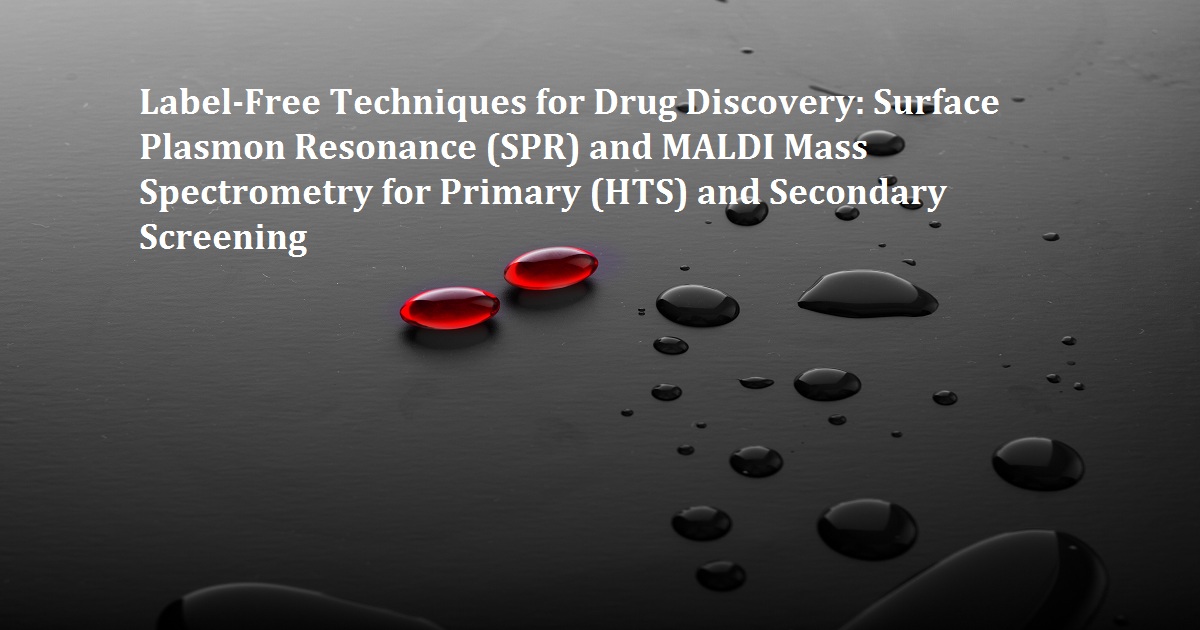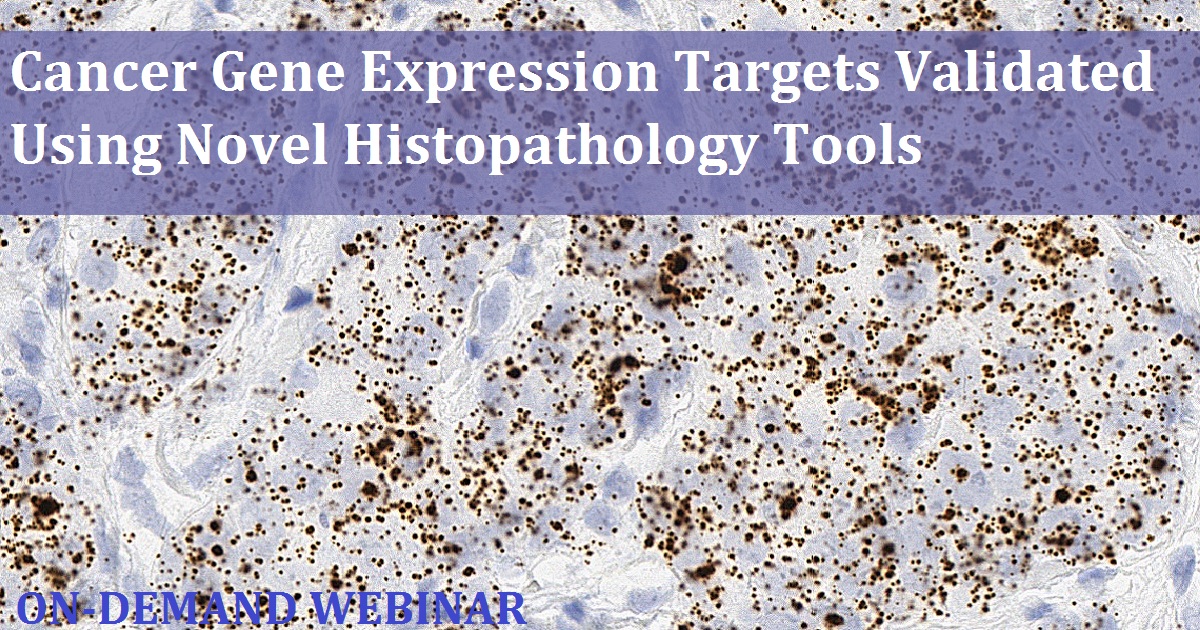
Over the years there have been many frames of reference on the use of process analytical technology (PAT) in the commercial manufacturing space including monitoring, closed-loop control, quality control/real-time release, advanced process control, quality by design, Industry 4.0, etc.
Watch Now

comparenetworks
Spray drying is one of the most remarkable technologies currently to be applied to pharmaceuticals. It is a continuous process that converts, in a single step, a liquid feed into a powder and is an ideal process when precise attributes such as particle size, morphology and stability are required.
Watch Now

news-medical
The webinar will update on latest developments in MALDI mass spectrometry for high-throughput screening and CPD profiling (rapifleX MALDI PharmaPulse) and introduce Bruker's new surface plasmon resonance (SPR) instrument, the SIERRA SPR-32. Beside technical details explaining the latest developments, synergies between MALDI mass spectrometry and SPR will be discussed.
Watch Now

Advanced Cell Diagnostics Inc.
When assessing a potential biological therapeutic candidate, several histopathological technologies are typically employed. This ensures the target expression is validated in both normal and diseased tissues before proceeding with pre-clinical studies. Protein B is a transmembrane glycoprotein that is overexpressed in numerous cancers, including triple-negative breast cancer and is often correlated with the metastatic phenotype. In this GEN webinar, we will discuss the process involved in a typical molecular pathology laboratory.
Watch Now